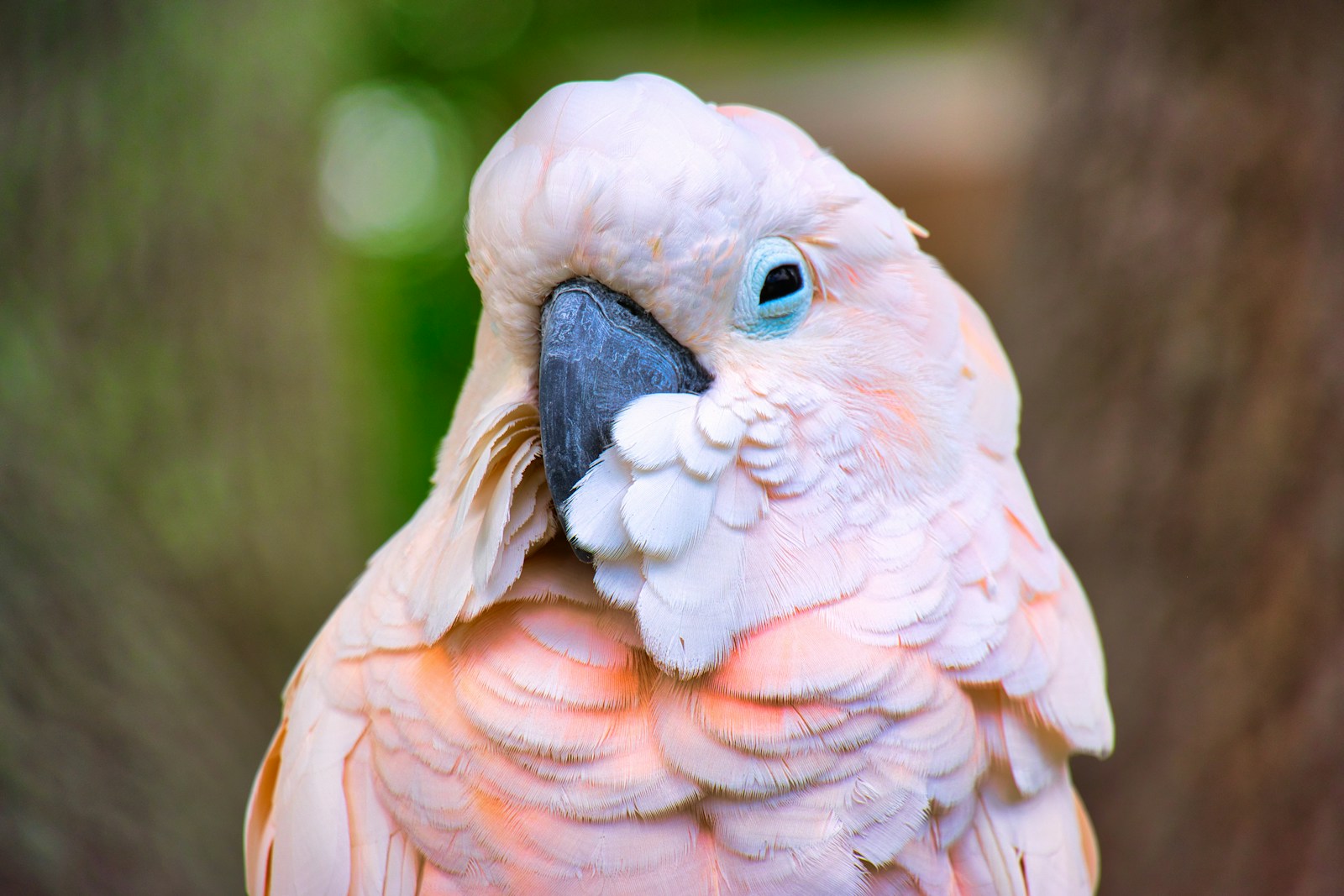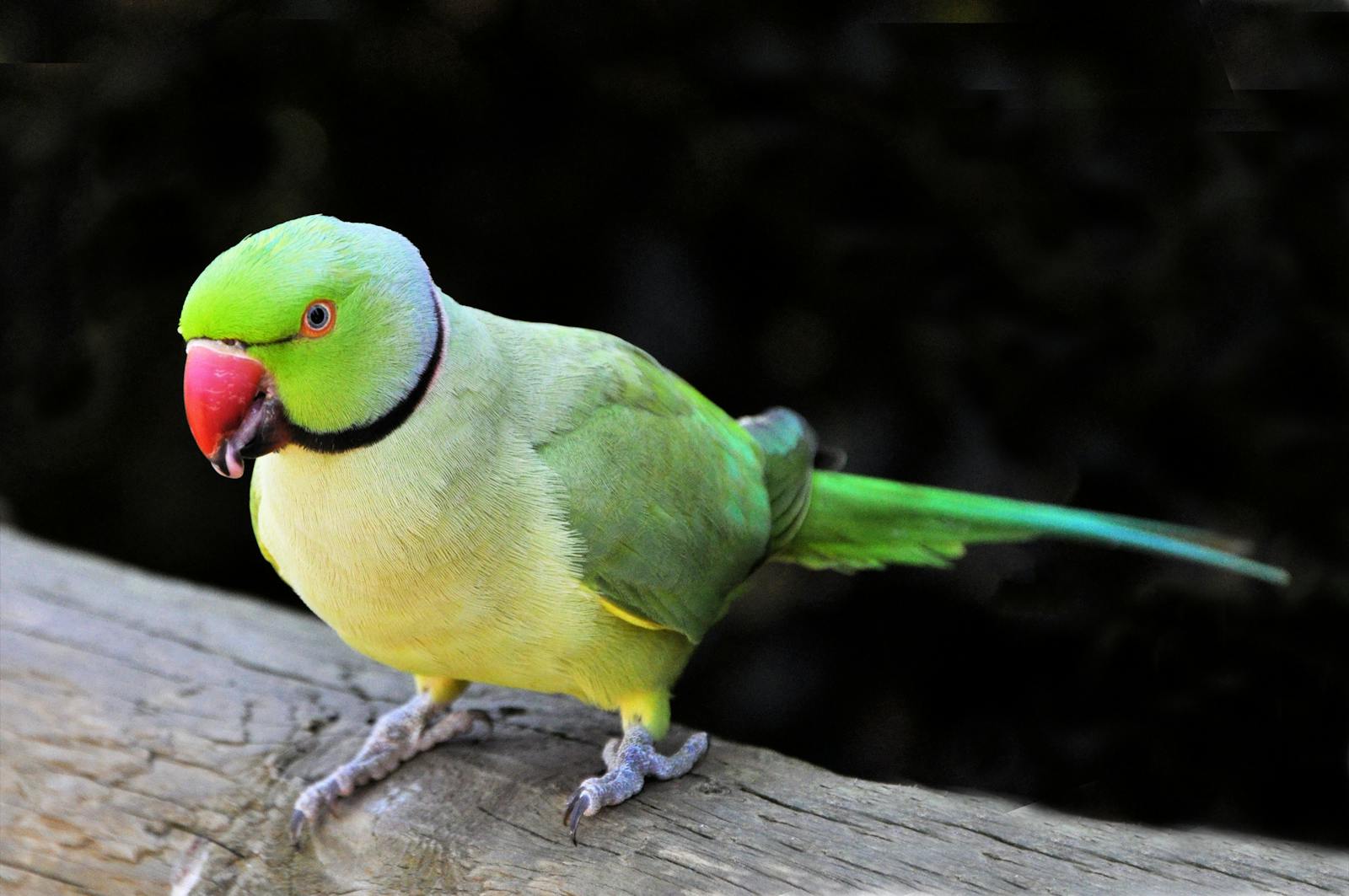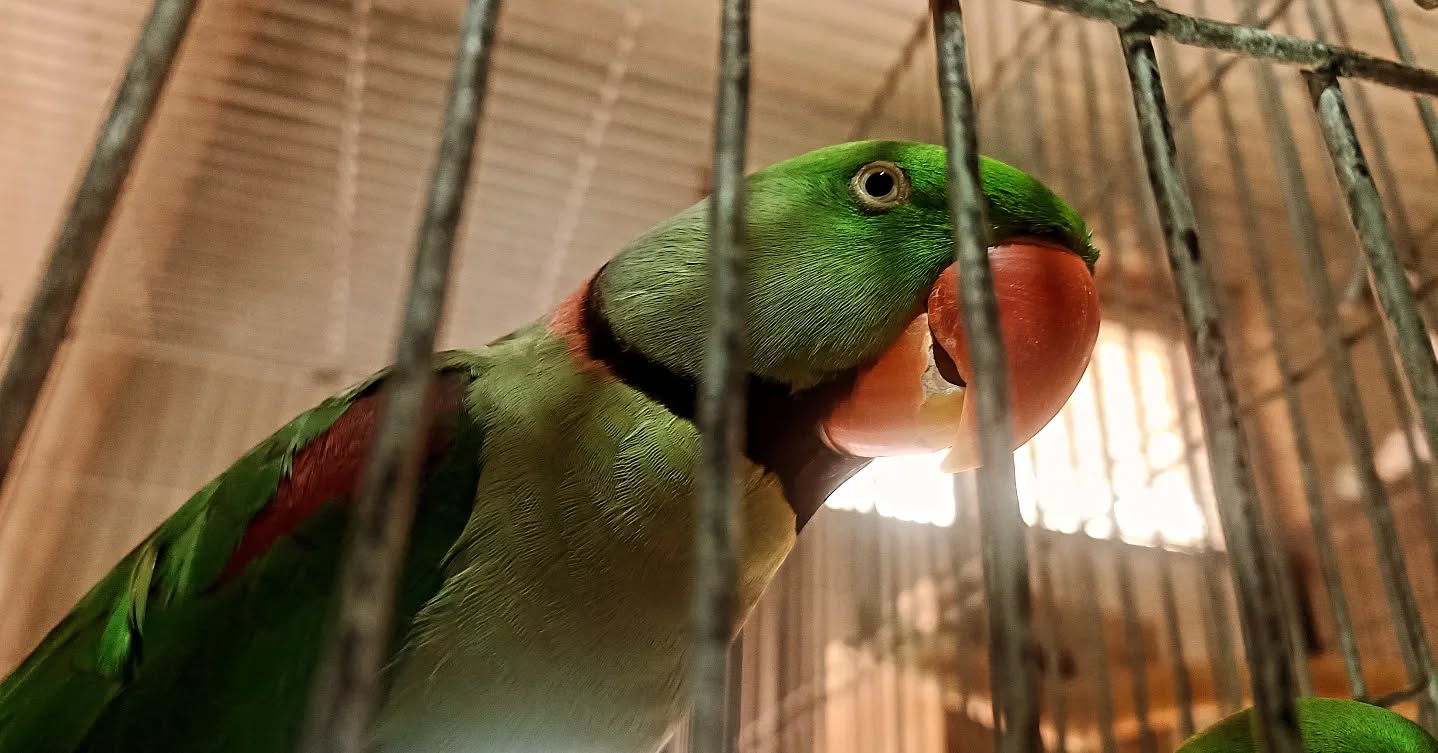Medications & Parrots – My Thoughts as a Hobbyist
So, over the years of keeping and learning about parrots, I’ve noticed something kinda funny (and honestly confusing). Different parts of the world treat bird health in different ways. Like, in many countries, people are against giving parrots medications unless it’s necessary. Over in our countries, though, many breeders kinda go the other way—regularly dosing their parrots with medications as if it’s just part of the daily routine. And honestly? I don’t fully agree with either side.
People have often made a weekly routine of medicating birds, and they do not even hesitate to ask other fanciers about improvements in this routine and suggestions. Sometimes it makes me worry more about resistance to meds, overdosing, damaging internal organs, and many more reasons.
I mean, meds are not candies. If you overuse them, you’re asking for more trouble than you think you’re fixing. Resistant bacteria, digestive issues, weak immunity—yeah, all that scary stuff. But on the flip side, if your bird is actually sick, you can’t just wait and hope for miracles. You’ve got to act fast, sometimes aggressively, or else that little feathered buddy might not bounce back. So for me, the rule is kinda simple: antibiotics, antifungals, or whatever other meds—only when the bird truly needs them. Not as a “just in case” thing.
Why do parrots hide being sick?
Here’s a thing that surprised me when I first got into parrots: these little guys are masters of disguise. Not with costumes, haha, but with their health. They hide it when they’re sick. And it actually makes sense if you think about it. In the wild, parrots live in flocks. If one bird looks weak, predators will target it instantly. So the bird pretends to be fine, right until it can’t anymore. By then… It’s often too late.
In captivity, the same thing happens. Your parrot might look fine one day and suddenly crash the next. But if you’re paying close attention, you’ll notice little changes. They won’t sing or chatter as much, maybe skip food, fluff up feathers, and just sit quietly in a corner instead of playing. That’s usually the big red flag—time to call a vet, and probably start medication.
Subclinical sickness – the “invisible” problem
Now here’s where things get trickier. Some parrots are what we call subclinically ill. They don’t look sick, they eat fine, they fly, they play… but something is still off inside. For example, they might not breed properly. Eggs come out infertile, embryos die early, or chicks don’t make it past a few days. And you’re left scratching your head thinking, “But the parents look so healthy??”
A classic example here is Chlamydia psittaci (parrot fever). A bird can carry it quietly, showing nothing, until stress hits. Then suddenly you’re seeing losses in breeding or weak chicks. This is why sometimes breeders think their birds are “bad parents” when actually the problem is medical.
The danger of DIY medication
One of my biggest pet peeves is when people just grab some random antibiotic from a pet shop and dose their bird. Like, no! Birds aren’t guinea pigs for your experiments. Not every antibiotic works on every illness. You gotta know what you’re treating. Ideally, you do a culture test—a swab from the choana (that slit in the roof of the mouth) or from a suspicious area. The culture tells you exactly what bacteria or fungi are there, and which medication works against them. That’s science. Guessing? This approach may pose significant risks to your bird’s well-being.
And I get it, sometimes in smaller towns there isn’t an avian vet nearby. But even a general vet can run a culture and lab test for you. That’s still way better than just dosing blindly. Parrots can go downhill in just a few days—you don’t get many second chances.
Spot checks & physical exams
In my own setup, I like to do what I call “opportunistic exams.” Basically, if I have to catch a bird for something ( moving it, checking a nest, or clipping nails), I take a few extra minutes to give it a quick once-over. Look at the eyes—are they clear and bright? Open the beak and check the mouth—any odd smell or mucus? Check the nostrils, the vent, and also the bird’s body condition.
If the vent feathers are messy, parasites might be involved. If the mouth smells sour, it could be a fungal or bacterial issue. If a bird is skinny despite eating, something’s definitely wrong. These little checks have saved me headaches more than once.
Breeding failures often link back to health.
Here’s the part many new breeders miss: when parrots don’t breed successfully, it’s not always about diet or environment. Sometimes it’s a hidden sickness. Birds that never lay eggs, or keep laying clear (infertile) eggs, or pairs whose chicks keep dying—those are red flags. They might be subclinically sick.
I once had a pair of Amazons that used to breed fine. Then, suddenly, season after season, nothing. I thought maybe they were just done with breeding. But after doing swabs and cultures, we found a low-grade infection. Once treated, boom—they were back to producing healthy chicks. That’s when I really learned how big a role hidden health issues play.
And let me just say—floor droppings aren’t good for cultures. They’re usually contaminated with other stuff. Always better to swab directly from the bird, especially the choana. The little hairs in that slit wear down when infection is there—it’s a neat little health clue if you know to look.
Should you test every single bird every year?
This one’s a bit controversial, but here’s my opinion: I don’t think putting your whole flock through annual exams is the best idea. Too stressful. Birds hate being caught and handled that much. Instead, I focus on birds that give me a reason—like they’re not breeding, or I already have them in hand for another reason. Stress is a killer, also, so we’ve got to balance care with welfare.
Final thoughts
At the end of the day, keeping parrots healthy is all about balance. Don’t over-medicate. Don’t ignore sickness either. Learn to spot the small changes before they turn into disasters. And don’t be afraid of science—cultures, vet advice, proper meds. It might seem like a lot of effort (and yeah, sometimes money), but the rewards are worth it. Seeing a pair go from infertile eggs to healthy chicks because you figured out the hidden infection? Man, that feeling is amazing.
Breeding parrots successfully isn’t just about good food and pretty cages. It’s about knowing when to step in, when to medicate, and when to just let them be. Trust me, your flock will thank you for it.





Leave a Reply